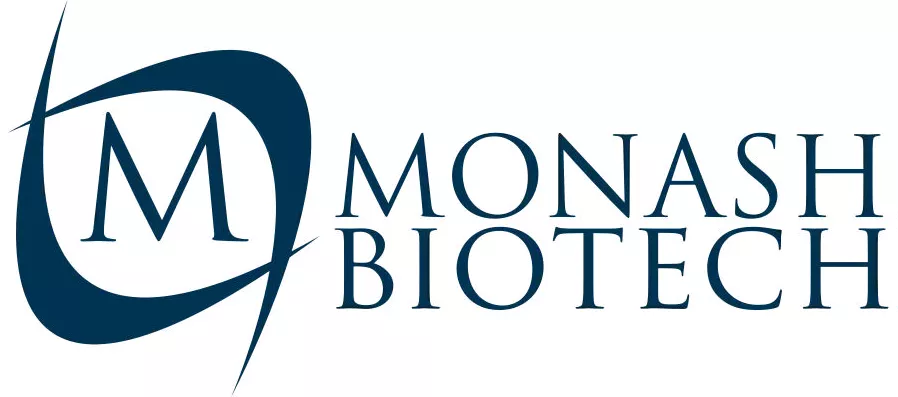Cryopreservation
Cryopreservation is a powerful technique that involves cooling biological materials, such as cells, tissues, or organs, to very low temperatures (typically -196°C using liquid nitrogen) to preserve them for extended periods.This process effectively suspends biological activity, preventing cellular degradation and enabling long-term storage.
Key Principles of Cryopreservation
Vitrification : Modern cryopreservation primarily utilizes vitrification, a rapid freezing technique that minimizes the formation of ice crystals within the cells. This is achieved by employing high concentrations of cryoprotectants, such as vitrification solutions containing propylene glycol, ethylene glycol, and dimethylsulfoxide (DMSO). These agents act to dehydrate cells and replace intracellular water with cryoprotectants, preventing the formation of damaging ice crystals.
Controlled Cooling Rates : Precise control of cooling and warming rates is critical for successful cryopreservation. Rapid cooling minimizes the formation of large, damaging ice crystals, while controlled warming minimizes the risk of osmotic stress and cellular damage during thawing.
Applications of Cryopreservation
Cryopreservation has revolutionized the field of reproductive medicine, offering numerous clinical applications with profound implications for patients and families:
Embryo Cryopreservation
Elective Freezing : Surplus embryos generated during IVF cycles can be cryopreserved for future use, allowing couples to avoid the need for another ovarian stimulation cycle.
This is particularly beneficial for patients with multiple embryos, reducing the risk of multiple pregnancies and associated complications.
Fertility Preservation : Cryopreservation of embryos offers a valuable option for fertility preservation in patients undergoing cancer treatment or other medical procedures that may compromise fertility.
By retrieving and freezing embryos prior to treatment, patients can preserve their reproductive potential for future use.
Oocyte Cryopreservation
Fertility Preservation for Medical Reasons : Women facing cancer treatments such as chemotherapy or radiation therapy can preserve their fertility by cryopreserving their eggs before treatment commences.
Social Egg Freezing : Healthy women can choose to freeze their eggs for future use, for example, to delay childbearing for career or personal reasons.
Donor Egg Programs : Cryopreserved donor eggs play a crucial role in assisted reproduction cycles for women with diminished ovarian reserve or those who require donor eggs for medical or social reasons.
Sperm Cryopreservation
Fertility Preservation for Cancer Patients : Men undergoing cancer treatment can preserve their sperm prior to treatment, ensuring the possibility of future biological parenthood.
Sperm Donation : Cryopreserved sperm is essential for assisted reproduction techniques involving sperm donors.
Ovarian Tissue Cryopreservation
An experimental technique for fertility preservation, particularly in young girls undergoing cancer treatment.
Ovarian tissue is surgically removed, cryopreserved, and potentially re-implanted in the future to restore ovarian function.
These applications demonstrate the significant impact of cryopreservation on the field of reproductive medicine, offering hope and flexibility for patients facing fertility challenges and expanding the possibilities for family building.
Research
Ongoing research in cryopreservation focuses on several key areas:
Development of Novel Cryoprotectants:
Identifying and developing new cryoprotectants with improved efficacy and reduced toxicity.
Exploring the use of nanoparticles and other innovative approaches to enhance cryoprotectant delivery and minimize cellular damage.
Optimization of Freezing and Thawing Protocols:
Refining cooling and warming rates to minimize ice crystal formation and improve post-thaw viability.
Developing sophisticated devices for precise temperature control and monitoring during the freezing and thawing process.
Understanding the Mechanisms of Cryoinjury:
Investigating the cellular and molecular mechanisms underlying cryoinjury to identify and mitigate potential damage.
Utilizing advanced imaging techniques to visualize and understand the effects of cryopreservation on cellular structures.
Cryopreservation of Complex Tissues and Organs:
Developing novel strategies for cryopreserving complex tissues and organs, such as the heart, liver, and lungs, for transplantation.
Addressing the challenges associated with preserving the complex architecture and functionality of these organs.
Ethical Considerations:
Addressing ethical concerns related to long-term storage of biological materials, such as informed consent, access, and the potential for misuse.
Continued research in these areas will further refine cryopreservation techniques, expand their applications, and ultimately improve outcomes for patients and advance the field of regenerative medicine.
Cryopreservation in Agriculture
Cryopreservation is a crucial technique in agriculture, enabling the long-term storage of valuable plant genetic resources. This technology plays a vital role in safeguarding biodiversity, facilitating crop improvement programs, and addressing the challenges of climate change.
For a deeper dive into the applications of cryopreservation in agriculture, please refer to this article: Cryopreservation in Agriculture
Challenges and Future Directions
Cryopreservation of complex organs : While significant progress has been made in cryopreserving cells and tissues, cryopreserving whole organs remains a significant challenge due to their complex structure and the risk of tissue damage during freezing and thawing.
Development of improved cryoprotectants : Ongoing research focuses on developing more effective cryoprotectants that minimize cellular damage and improve post-thaw viability.
Ethical considerations : Cryopreservation of human tissues and organs raises important ethical questions regarding consent, access, and long-term storage.
Cryopreservation is a rapidly evolving field with significant implications for medicine, research, and agriculture.
Continued advancements in cryopreservation techniques will undoubtedly revolutionize various fields and have a profound impact on human health and well-being.
Our Products
Blastomere Biopsy Micropipettes
Holding Micropipettes
Injection Micropipettes
Polar Body Biopsy Micropipettes
Trophectoderm Biopsy Micropipettes Bevelled
Trophectoderm Biopsy Micropipettes Flat
Support
Customer Support
Frequently Asked Questions
Chat on WhatsApp
Chat on FaceBook Messenger
Helpful Resources
Privacy Policy
Please note that the 3D models displayed on this website are for illustrative purposes only. Actual product dimensions, colors, and finishes may vary. These models should not be considered a precise or guaranteed representation of the final product.
© 2025 Monash Biotech. All Rights Reserved.
Designed & Developed by Goafreet Company


